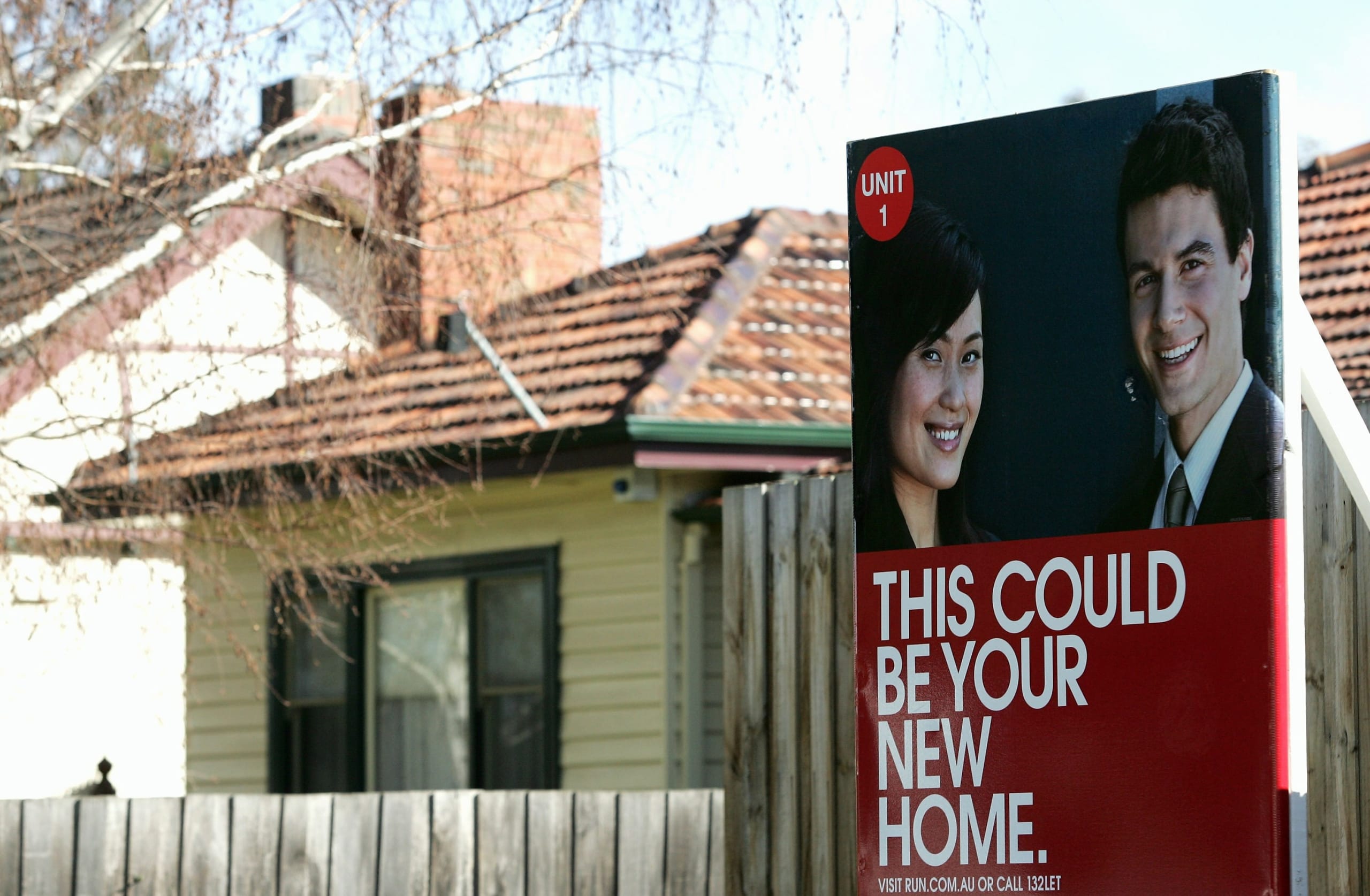Eleanor Creagh| Real Estate| 28 July 2022
What happened during previous property market downturns? – realestate.com.au
Interest rates are moving higher – and quickly – and fears of a steep and lasting decline in home prices are mounting.
Some forecasters have warned the impending correction will see a 30% fall in property prices from their peak in March this year. More moderate forecasts estimate a 10-20% decline.
However, it is important to put these predicted price falls in context.
https://imasdk.googleapis.com/js/core/bridge3.522.0_en.html#goog_1403606577Play Video
Property Outlook: Falling prices to continue into 202301:40
We have seen extraordinary growth in housing prices over the past two years – a staggering 34% increase cumulatively since the pandemic onset in February 2020
So, should you be worried? And if so, how worried?
So far this year, interest rates have risen sharply, with the Reserve Bank of Australia hiking the cash rate three times since May, taking it from a record low of 0.1% to 1.35%.
That will likely rise even higher at the same fast pace, with the RBA reiterating the boards’ determination to overcome the challenge of high inflation and do “what is necessary” to rein in inflation pressures.

Whilst history is no predictor of the future, previous downturns may provide insights into what to expect. Picture: Getty
Interest rates have risen 125 basis points in the past three months and are expected to increase another 50 basis points in August.
Market pricing currently implies a cash rate of close to 3.5% by December.
The impact of this fast pace of rate rises is the slowing and decline of property prices around Australia.
As interest rates have risen, home price growth has slowed nation-wide, and prices have quickly begun to fall in some regions. The PropTrack Home Price Index shows a national decline of 0.55% since March.
Mortgage rates have moved higher, and many can no longer borrow the same amount as this time last year. As rates continue to climb, borrowing capacities will be further constrained.
This means prospective buyers not only face higher borrowing costs, but also greater uncertainty over future mortgage servicing costs than those over the past two years.
This is being reflected in the housing market. Potential buyer demand has slipped as confidence erodes and the fear of missing out subsides. Auction volumes and clearance rates have fallen, and sales volumes have slowed off last year’s levels.
We expect these trends to continue, with home prices likely to keep falling through this year and into next year.
Those declines are likely to accelerate and become more widespread over the coming months.
So, what have past downturns looked like?
Whilst history is no predictor of the future, examining previous downturns may provide insights into what to expect.

Since 1990, there have been only five periods when year-ended nominal home price growth has been negative.
Those downturns have never been greater than 10% in year-ended terms. And in every instance, the preceding upswing has been larger than the downturn that has followed.
Looking even further back to 1880, adjusted for inflation, price declines of 30% have never occurred.

Property price growth has cooled, especially in Sydney and Melbourne. Picture: Getty
That’s not to say that what we’re seeing now, which is the most aggressive tightening cycle in more than 40 years in terms of the ratio of debt-servicing costs relative to disposable incomes, won’t warrant a correction in house prices.
But whether those declines will be close to 30%, as some predict, is another question entirely.
As rising interest rates weigh, we currently expect national price declines in the order of 9% to 15% by the end of 2023, with Sydney and Melbourne seeing larger declines, and Adelaide, Perth and Brisbane remaining more resilient.
How long and steep have recent downturns been?
According to PropTrack’s Home Price Index, in recent history, Australia-wide downturns have lasted an average of between nine months and ten months, with prices falling on average 2.8% from peak to trough.

In Sydney, the picture is a little different, with recent downturns lasting an average of nine months and prices falling 3.4%.
The largest peak to trough downturn in recent years was in 2018/19 when national home prices fell 5.5% over a 13-month period. Again, in Sydney that decline was larger, with home prices falling 11.4% over 22 months.

In 2018/19, interest rates weren’t rising, but falls were driven by a credit squeeze, as the effect of various prudential measures reduced borrowing amounts, in a period of weak wages growth and a soft labour market.
And what about price falls further back?
Some of the historic house price declines across the combined capital cities have been larger than corrections in recent years, but still declines of 30% have not been seen. Prices have fallen an average of 5.3% with downturns lasting on average 6 months.
So, what’s next?

Now interest rates are moving higher quickly, mortgage rates have followed suit and as interest rates continue to climb, borrowing capacities will be further constrained.
As the cash rate moves above 2%, and that is passed through to mortgage rates, maximum borrowing capacities will be constrained by close to 20%. The cost of servicing a mortgage will also increase significantly.
This will impact would-be borrowers and weigh on home prices.
A silver lining that could offset this to some degree is the tight labour market. Unemployment is the lowest it’s been since August 1974 and hopefully stronger wages growth will materialise as a result. In aggregate households are also sitting on large savings and wealth buffers accumulated since the pandemic onset.

Currently, household budgets are under pressure as the cost of living has risen, along with interest rates, and put real wages growth in deeply negative territory.
The big question is how household spending holds up against a backdrop of higher inflation, higher interest rates and falling house prices (the negative wealth effect), versus savings and wealth buffers, and hopefully stronger wages growth.
How this unfolds will be crucial in determining the loss of conditions in the economy and as a result how high and fast the cash rate rises.
This dynamic will also be a key source of uncertainty for the housing market and the pace and depth of price falls.








